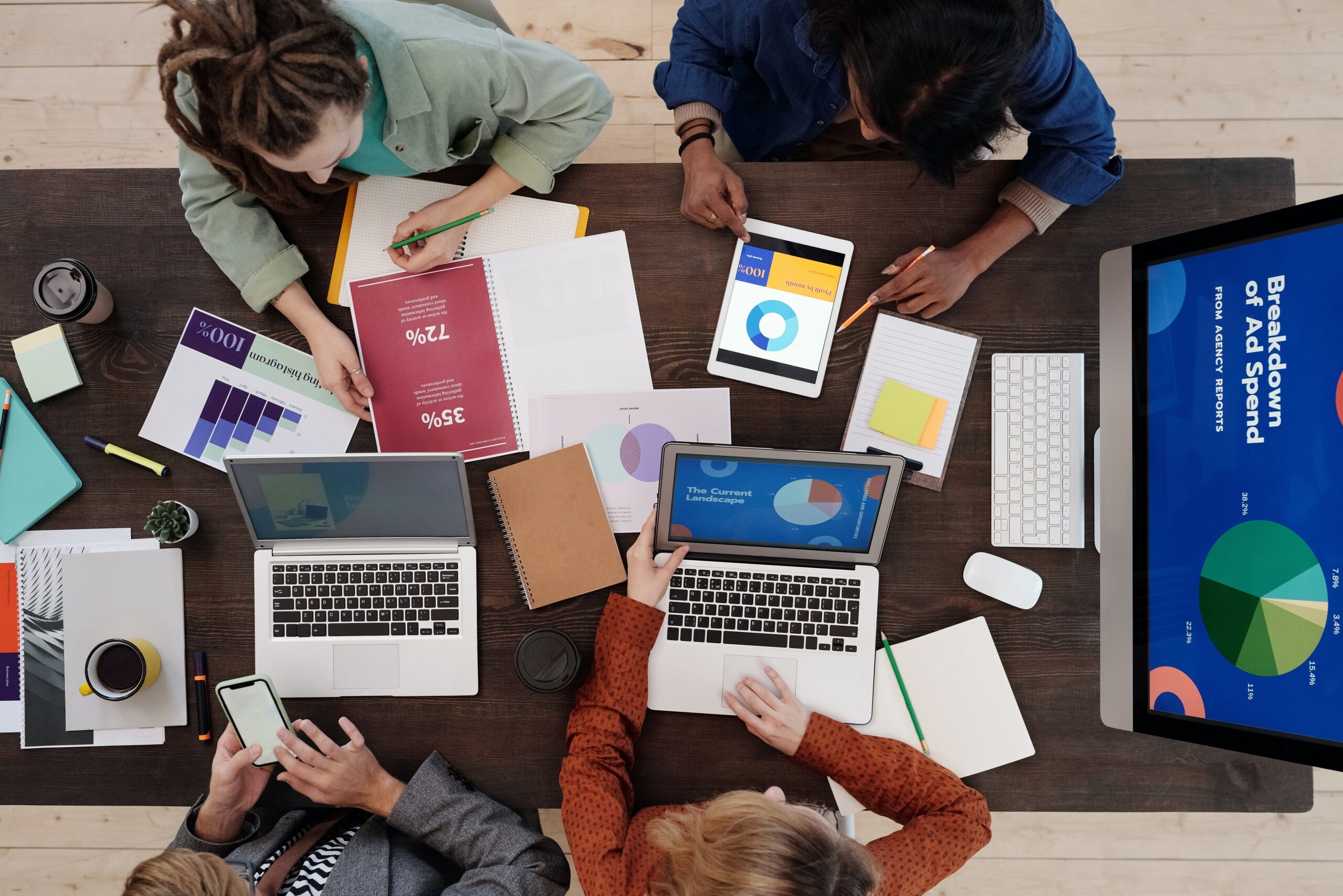Localist Events Attendee Funnel lets us map the user’s journey and collect the data before, during, and after the event.
After spending so much time planning and promoting your event, it’s natural to focus on the main goal: the event itself. Whether it’s a talk, concert, group meeting or other format, an event is an opportunity to reach your audience and convey your desired message. There are many details to attend to at the time of the event, no doubt; however, don’t neglect the full lifecycle of an event (before and after it happens), which are prime opportunities for data collection and optimization.
When using the Localist Events calendar, we use something called the Attendee Funnel to map the user’s journey through the entirety of the event. From start to finish, an event looks like:
Before
- User saw event content
- User viewed event details
- User engaged with event content (clicked I’m Going, commented, reviewed, created an account)
- User registered or bought a ticket
During
- User attended
- User interacted with [people], [organizations]
- User reacted to these parts of the event in specific ways
After
- User re-engaged with content after attendance
- User formulated opinion of the event
- User engaged with brand outside of event content
Through each of these stages, an event is collecting data that is waiting to be discovered and utilized. Below, we’ve broken down the lifecycle of an event, with easy ways to maximize event content and data.
Before an Event
If you’re not already using marketing automation software, what are you waiting for? This tool can track user sessions on your site or event calendar and map out their exposure to your event content, and how your audience is discovering it. Tracking this kind of data before your event gives you an added opportunity to tweak your event content and make it more discoverable if it’s not being noticed in advance of the event – this simple tracking method can have a large impact on event attendance and provides valuable learning lessons to ensure future events are as optimized as possible.
Pre-event is also a good time to install (or turn to) social sharing tools like AddThis. These tools can determine where your event content is being shared, and hence directly inform where you should invest your time on social media. If your prospective audience isn’t hanging out on LinkedIn, for example, why would you invest the time and money to promote your event there? Give your audience what they want, when and where they want it.
If you’re using an event calendar like Localist, you can take data collection a step further, encouraging users to submit their own events. From this, you can learn about the types of content that your audience is interested in, and use it to better inform future event planning.
During an Event
Let’s not skip over the main event: data can and should be incorporated into the big day itself!
Get started by using geo-hinting to make correlations between an attendee’s location and time, tying that to their engagement at events. For example, if metrics tell you that an attendee purchased their ticket from a town far from the event, you might expect them to spend less time at the event due to transit. Similarly, with the help of technologies like Near-Field Communications (NFCs) and Radio Frequency Identification (RFID) tags, you can see where event attendees lingered at an event and where they chose to skip. With a little bit of effort, you can figure out which of your offerings are popular with attendees and which fall flat…and use that information to optimize future events.
In addition, you can and should employ a mobile app that allows you to measure audience sentiment in real-time, without needing to rely on post-event surveys (which can accentuate bias). This will give you an accurate look at how your audience is enjoying your event while they’re still in the middle of it, before the dust has settled and they’ve had time to reflect and make judgment calls. Instead, you’ll get their honest opinions of your speakers, venue, and topics — what more could you ask?
During the event is also a great time to collect data via social media listening. Tools like HootSuite and Sysomos will allow you to track mentions of your brand or event over social channels in real-time. With this knowledge, you can also make real-time adjustments to your event as needed, before the event even concludes. It’s the equivalent of overhearing a conversation at the venue and being able to correct an issue right away.
After an Event
Don’t let your data collection fall to the wayside just because your event is over. After an event has ended is the perfect time to measure content re-engagements using marketing automation software. See which of your attendees returned to the site after the event, and which engaged with other marketing channels.
Those other marketing channels, for example, might include email drip campaigns, which help nurture your one-time attendees into repeat attendees. Use the data you’ve collected before and during the event to personalize your communication with them; none of your data exists in a vacuum and the post-event follow-up is a great time to put it to work for your goals.
With a little bit of effort, you can expand your data collection and usage from just optimizing your current event to informing and shaping future ones.
Interested in learning how we help over 675 higher ed marketers?

